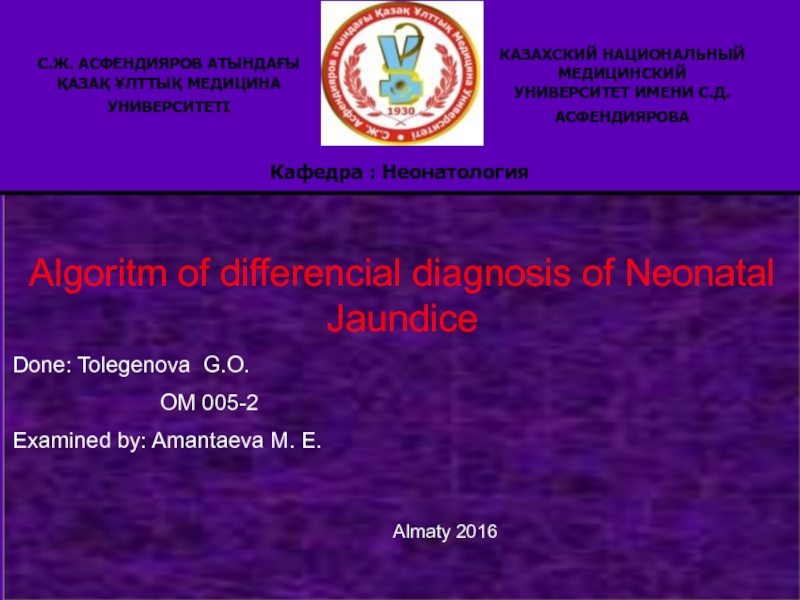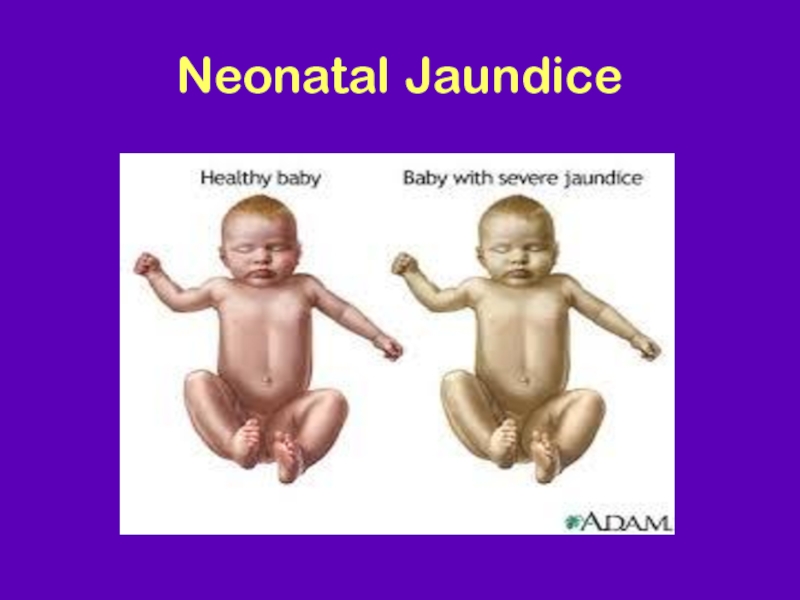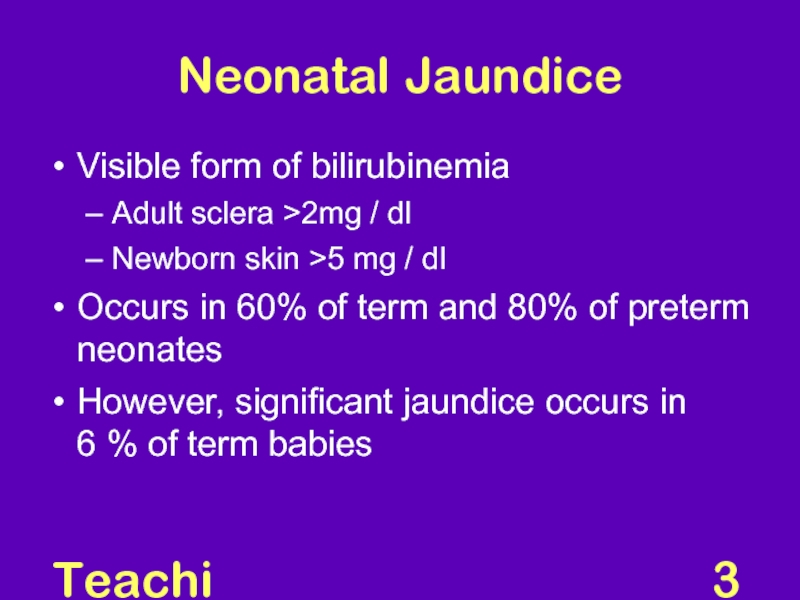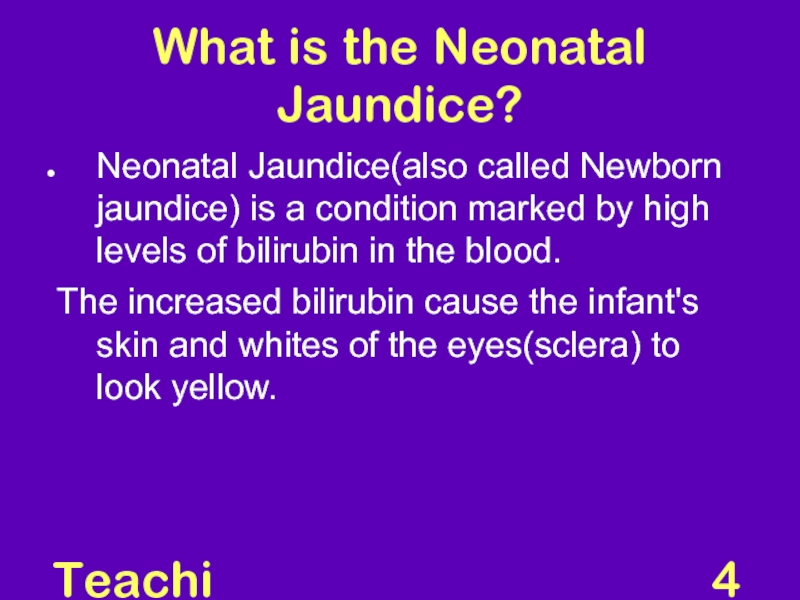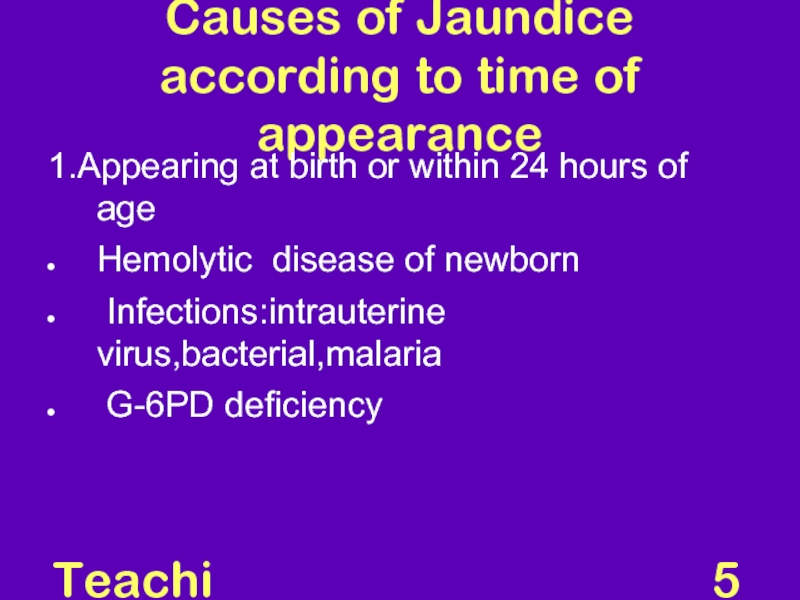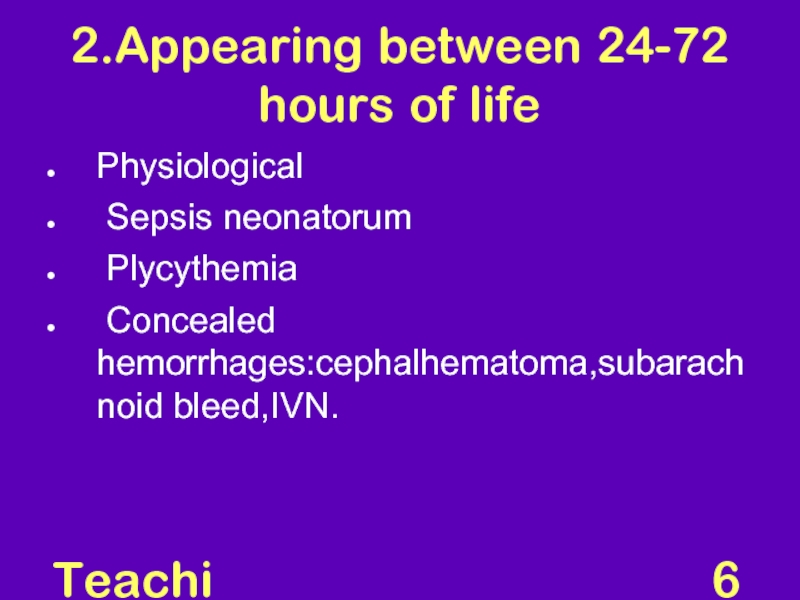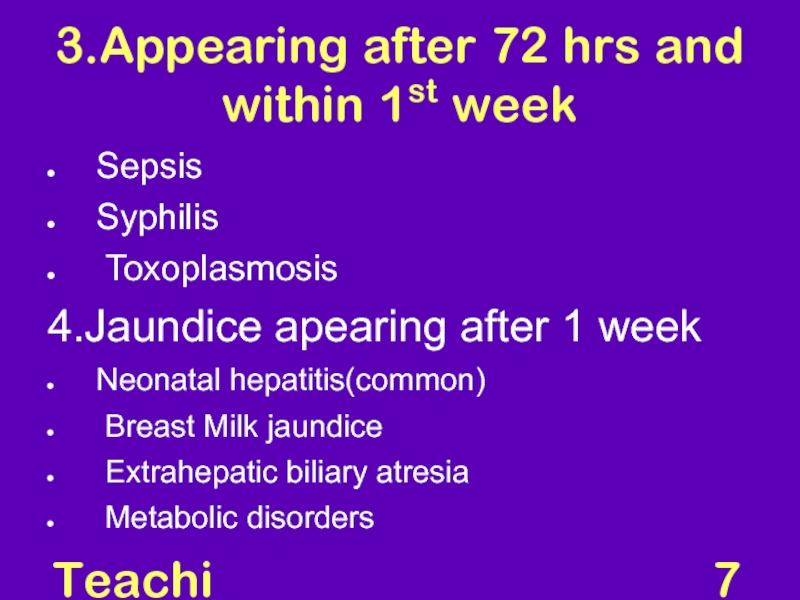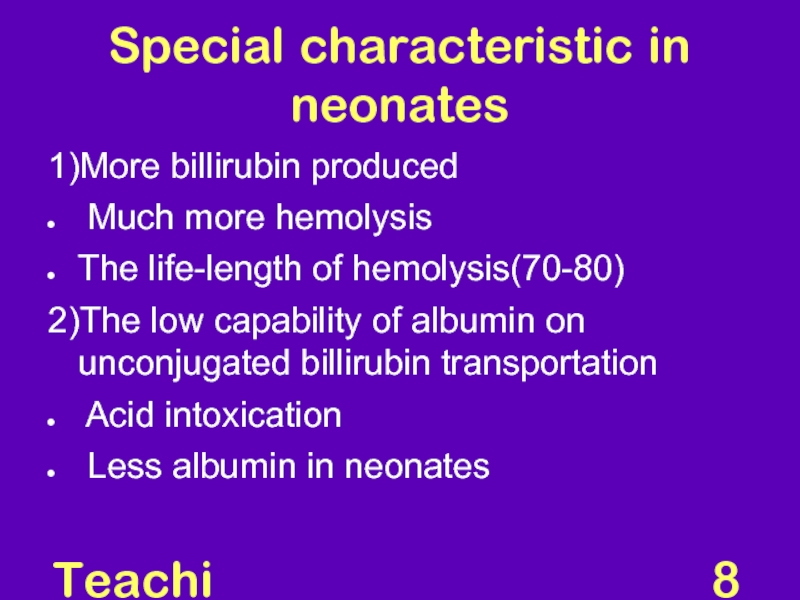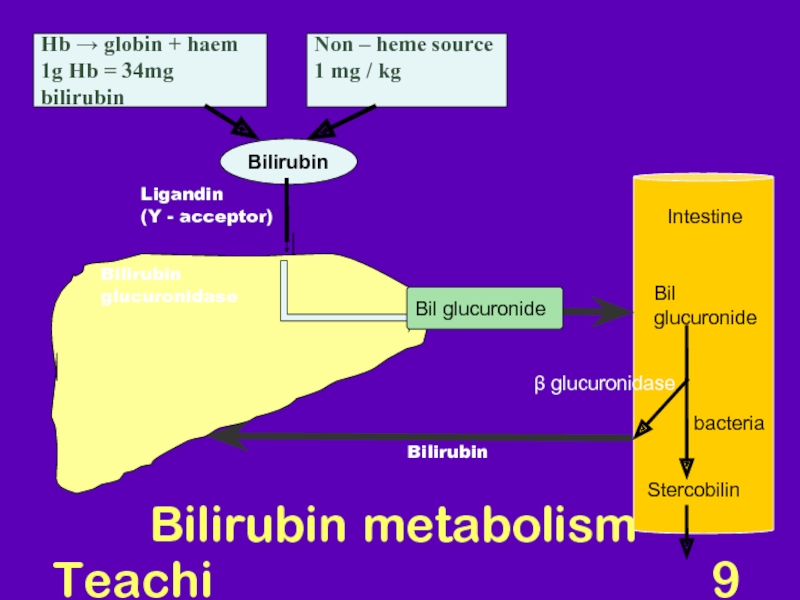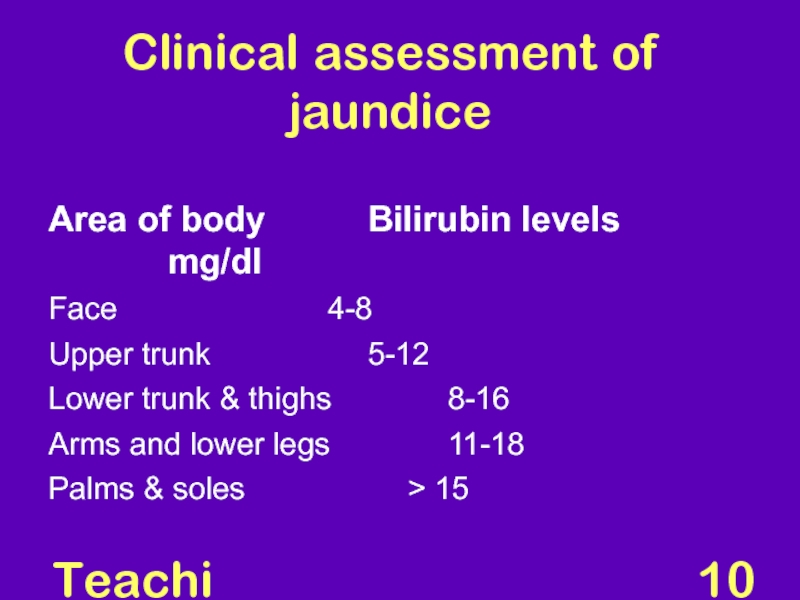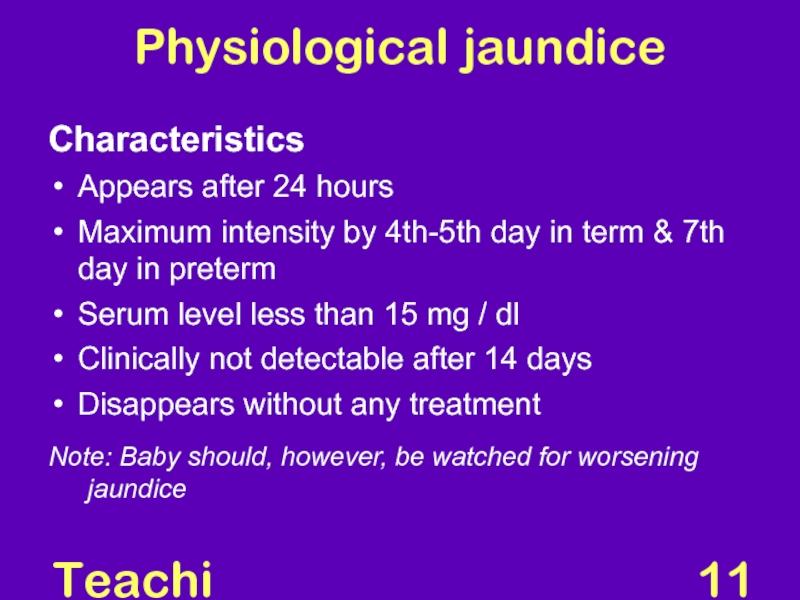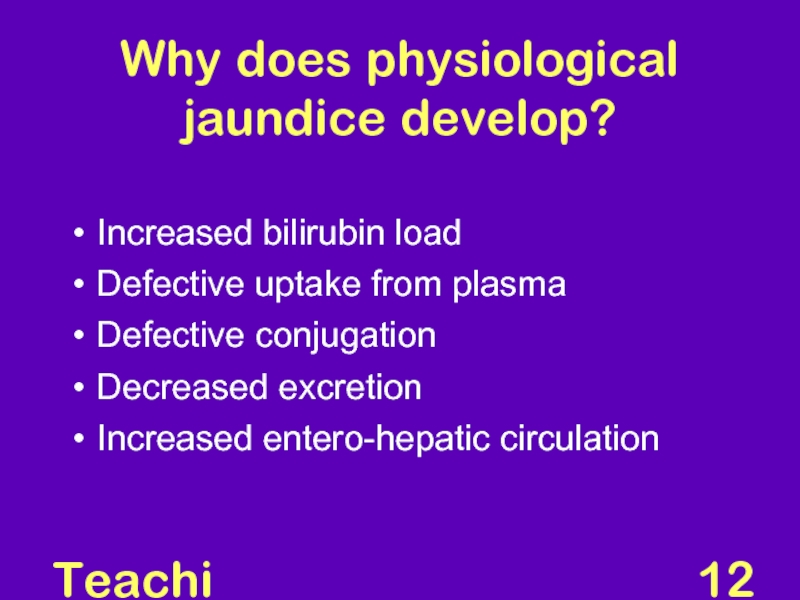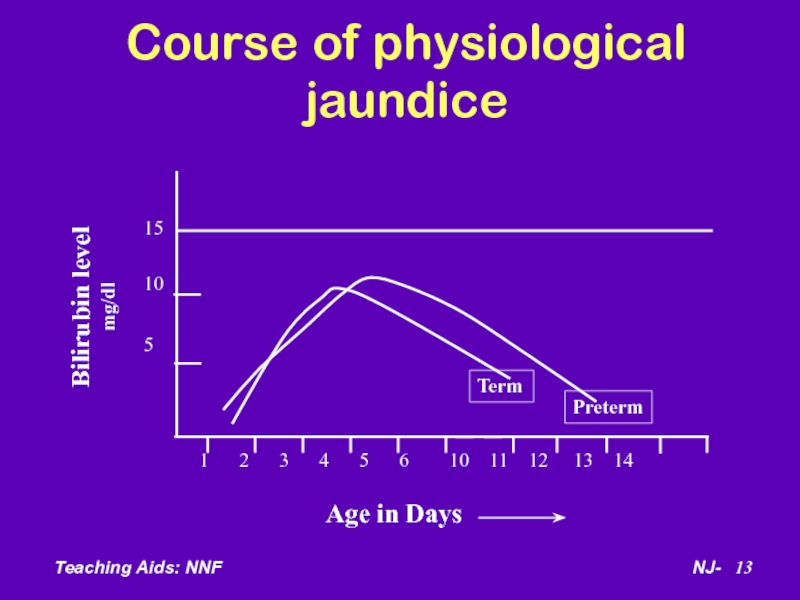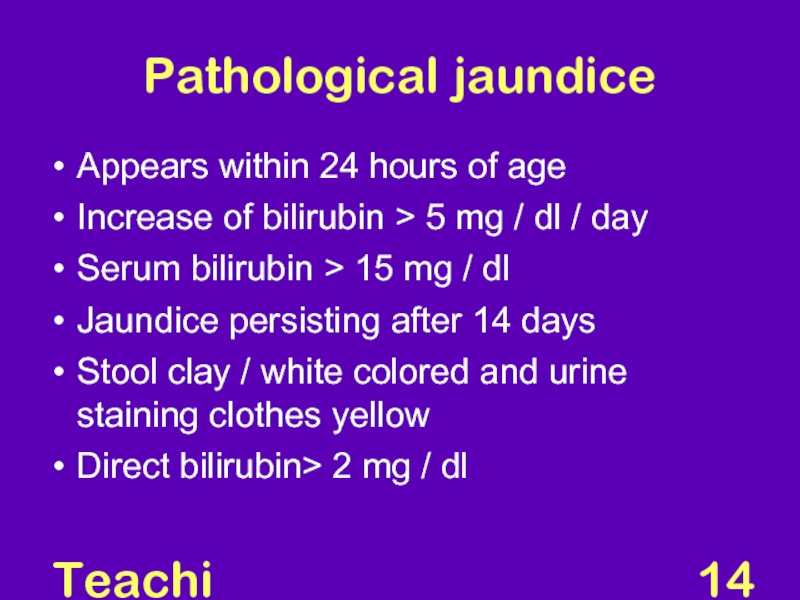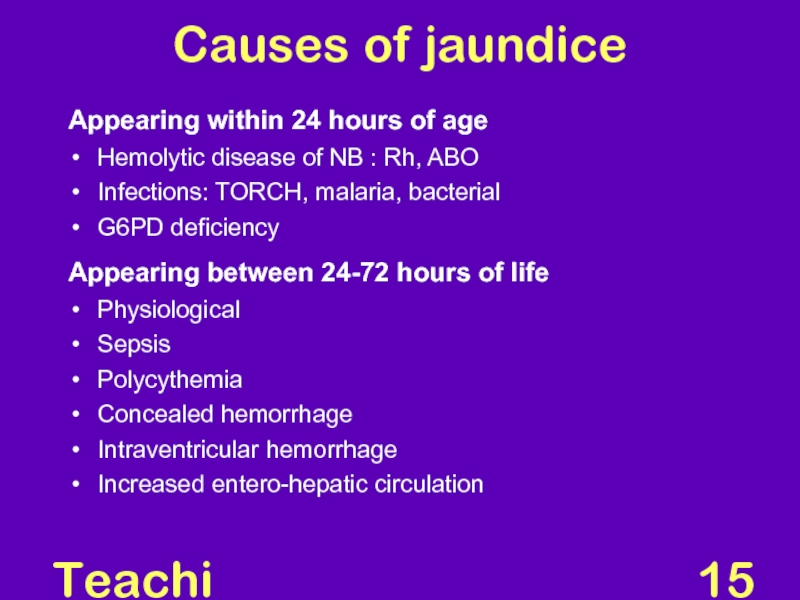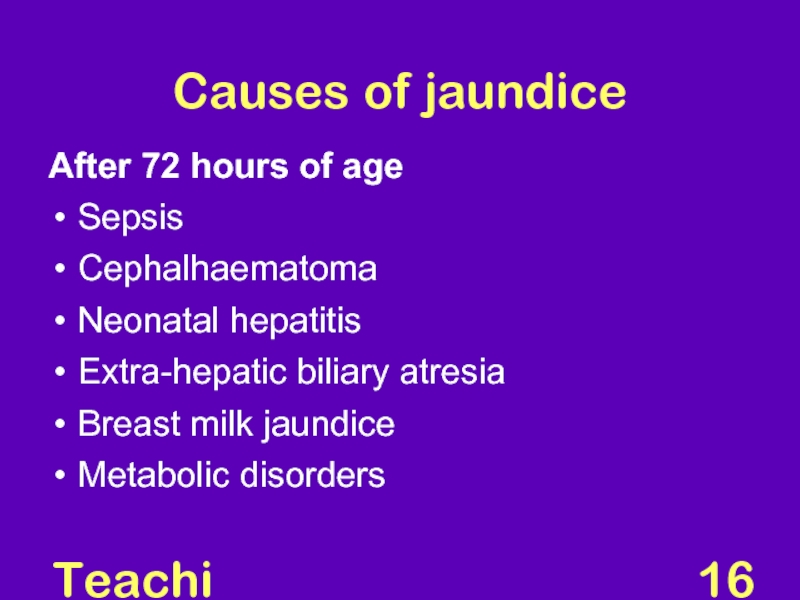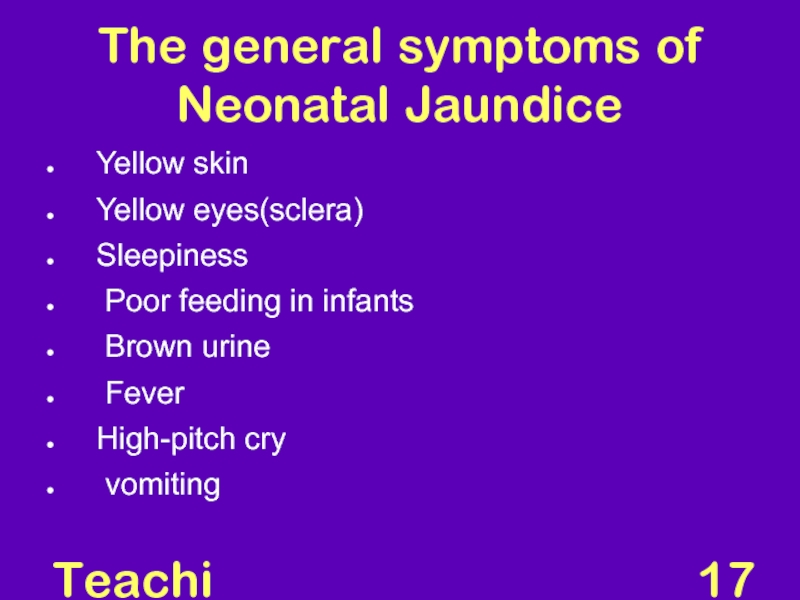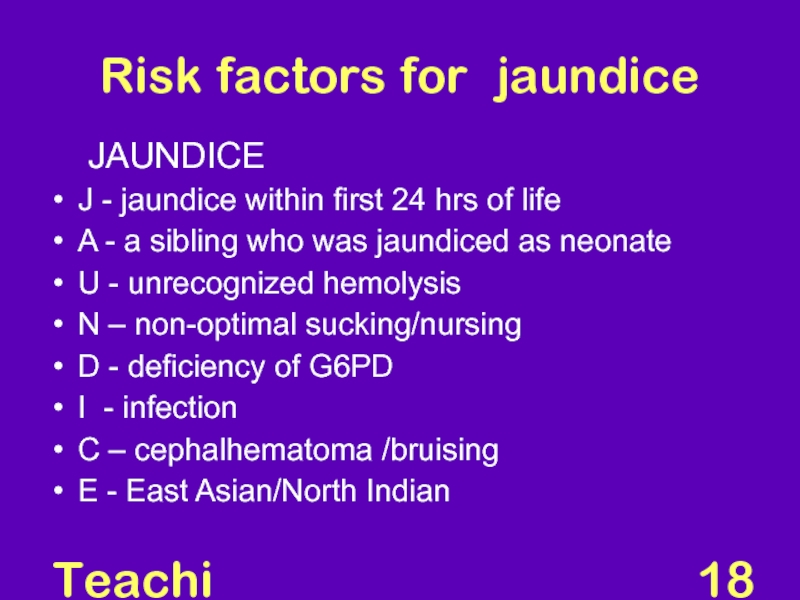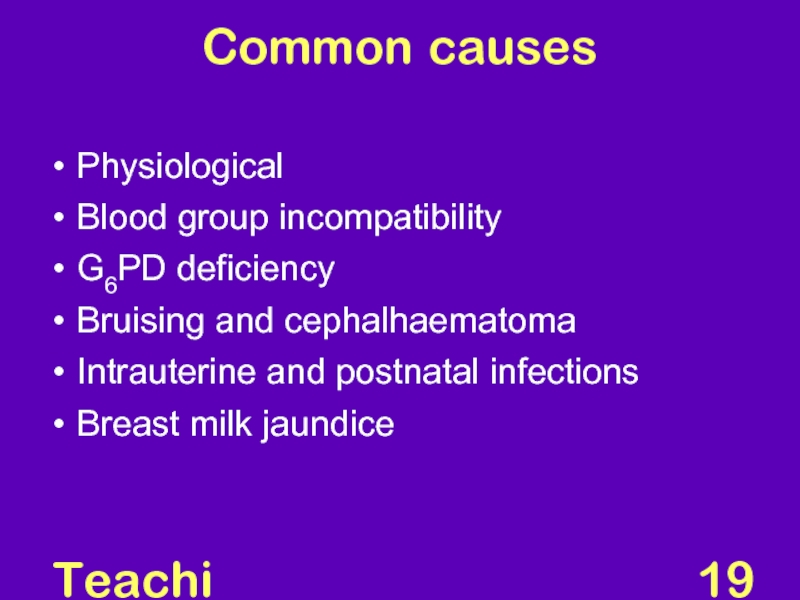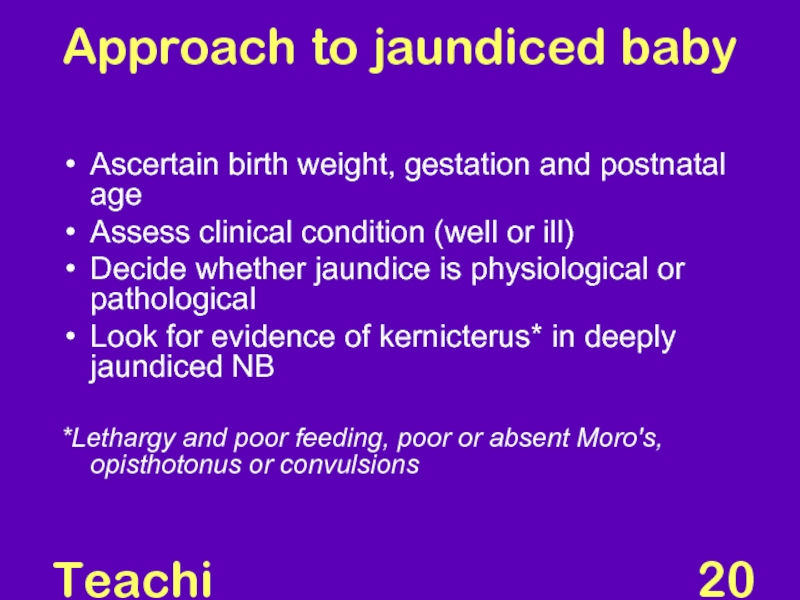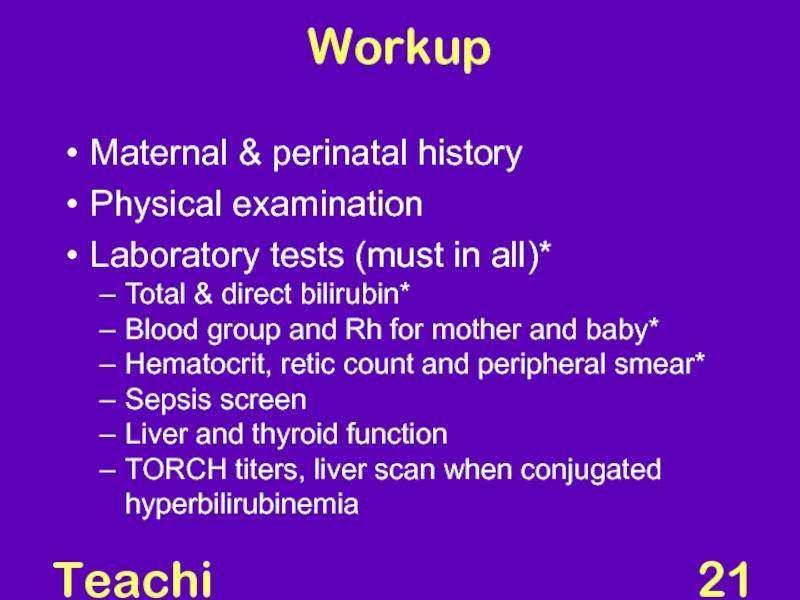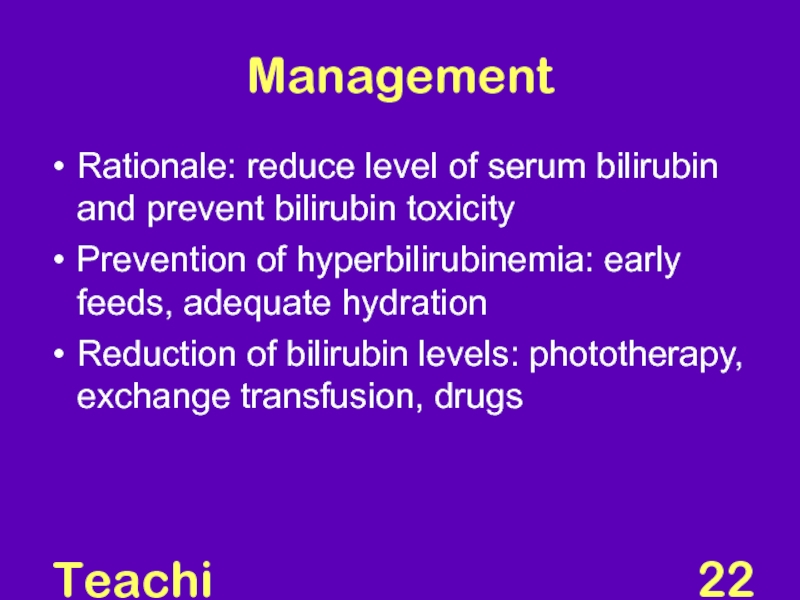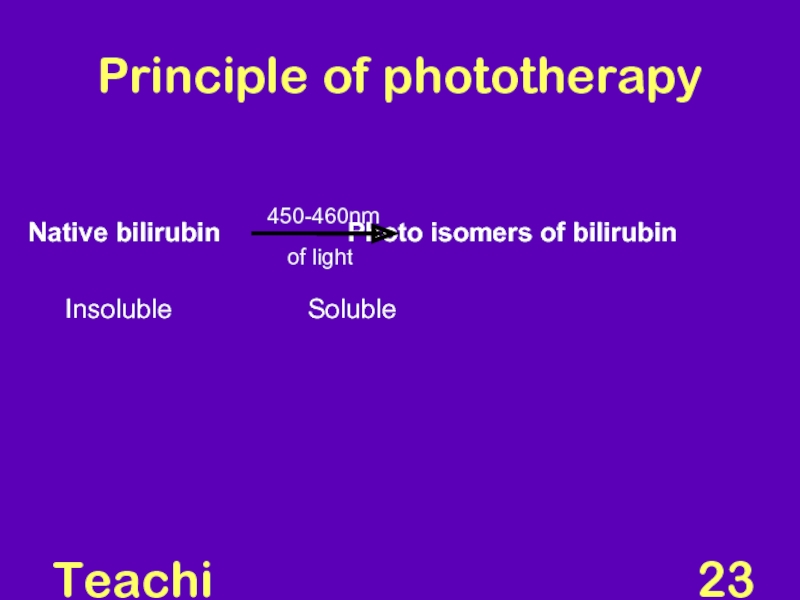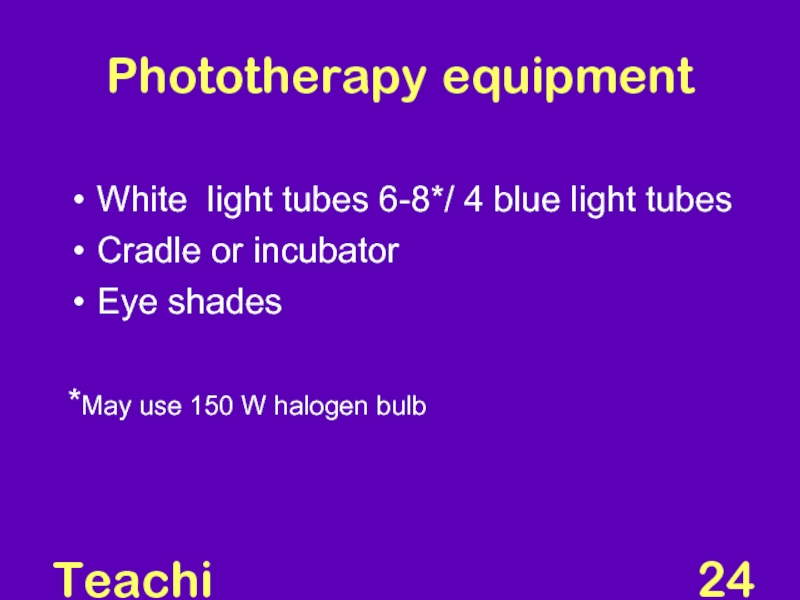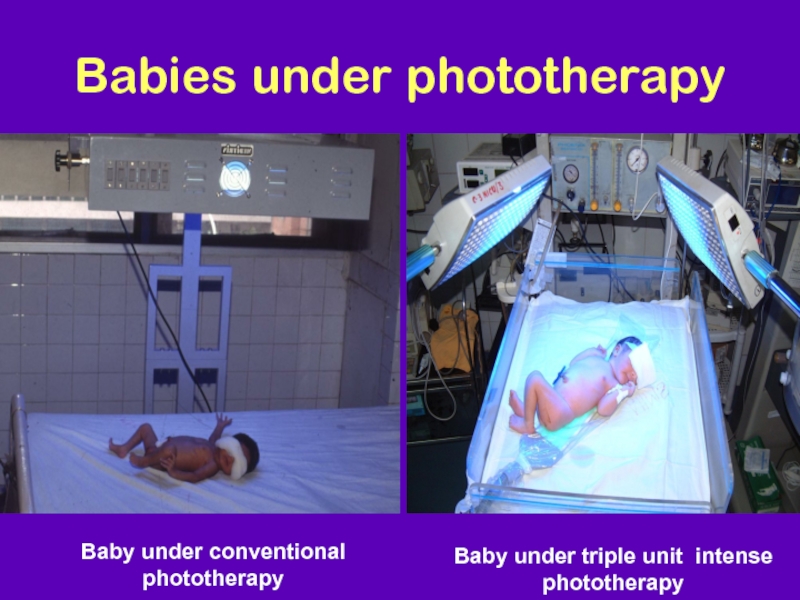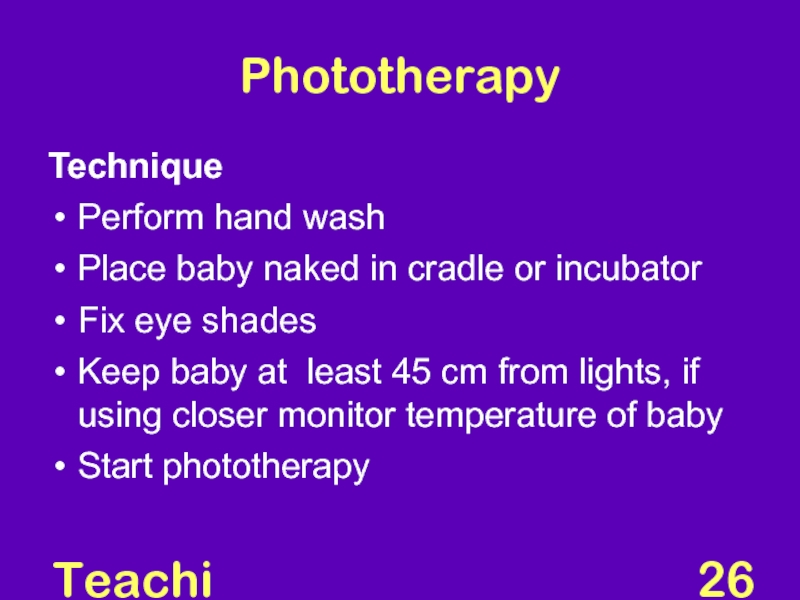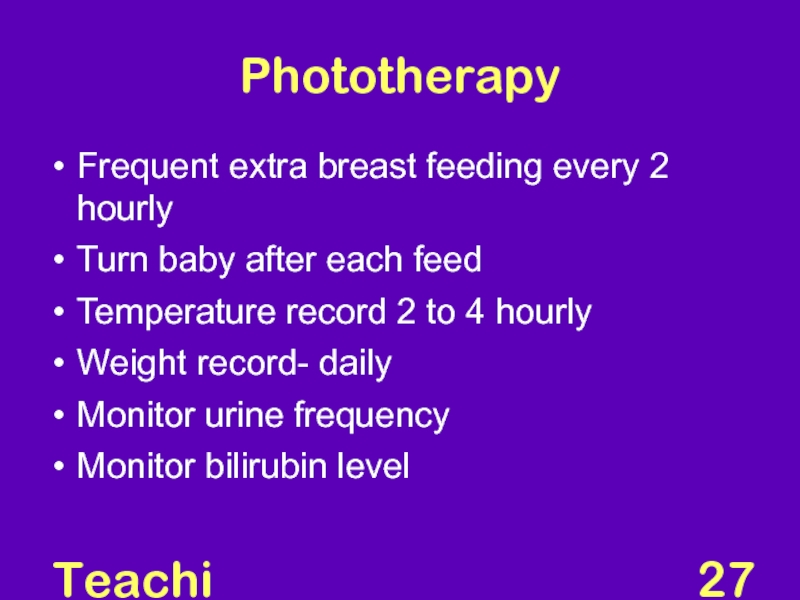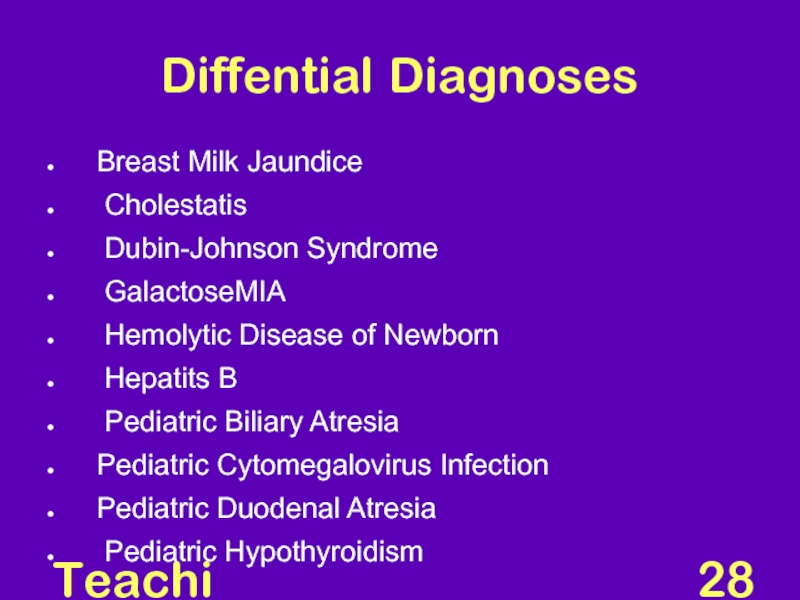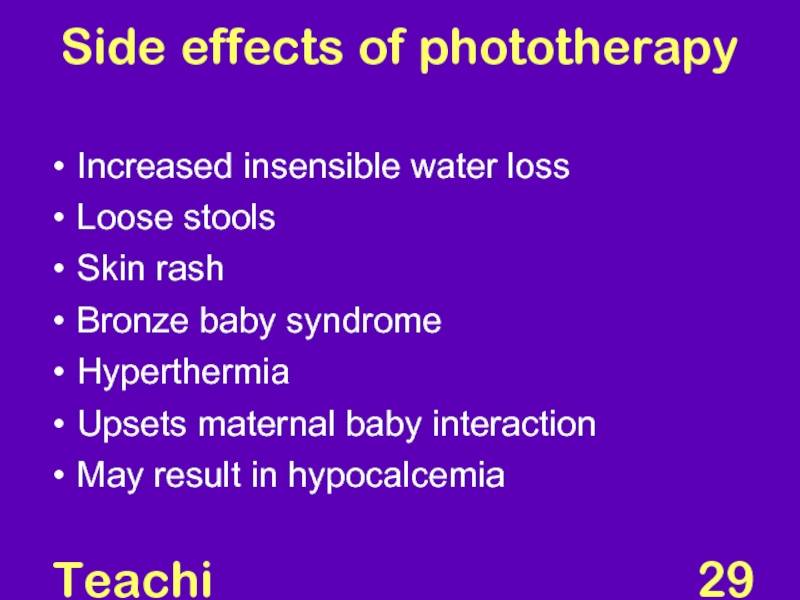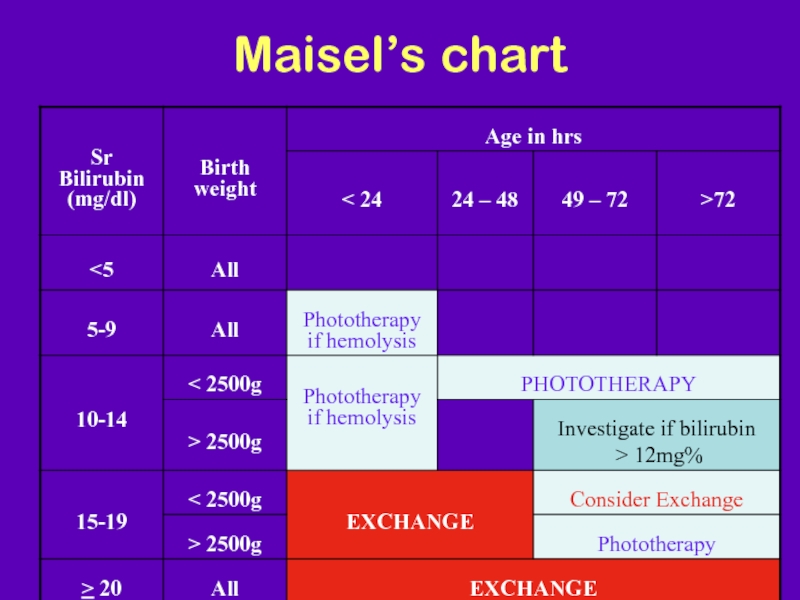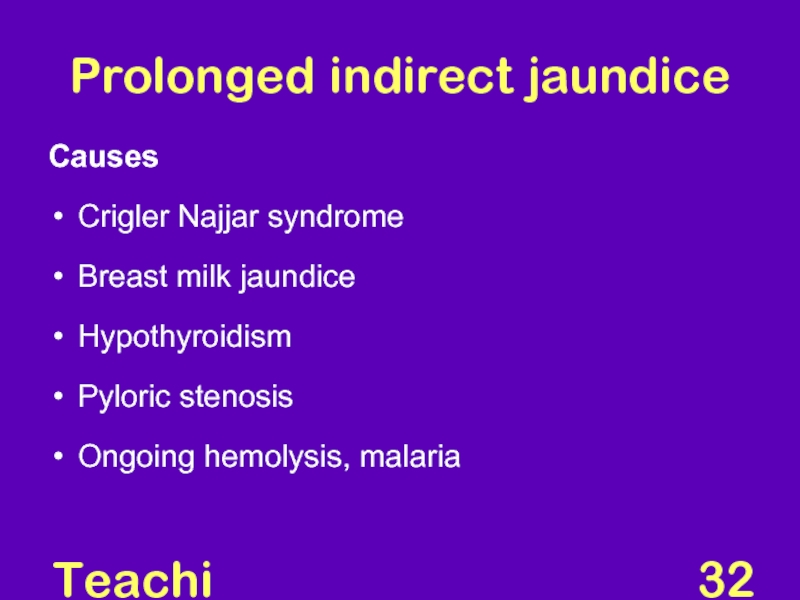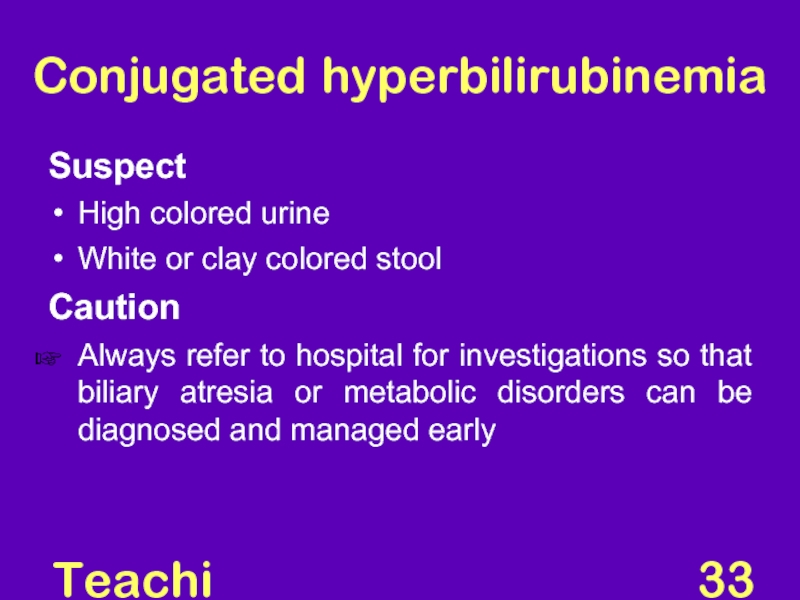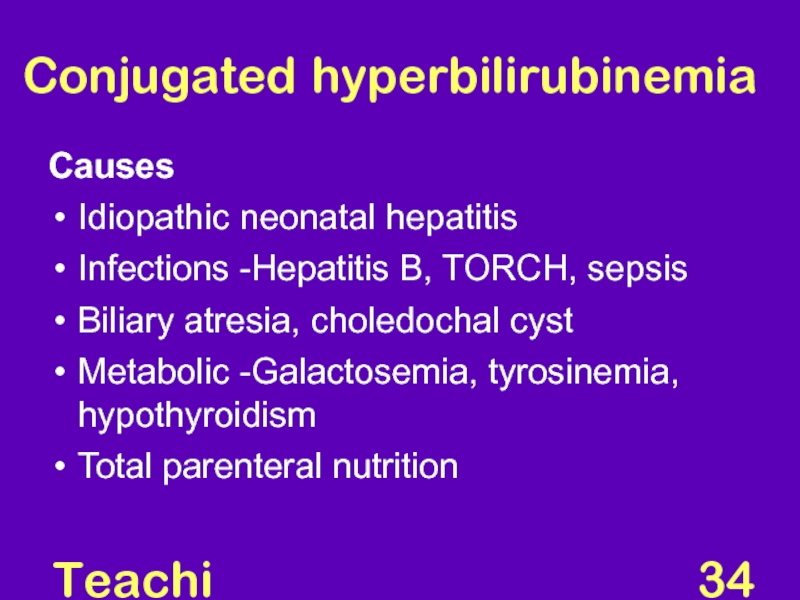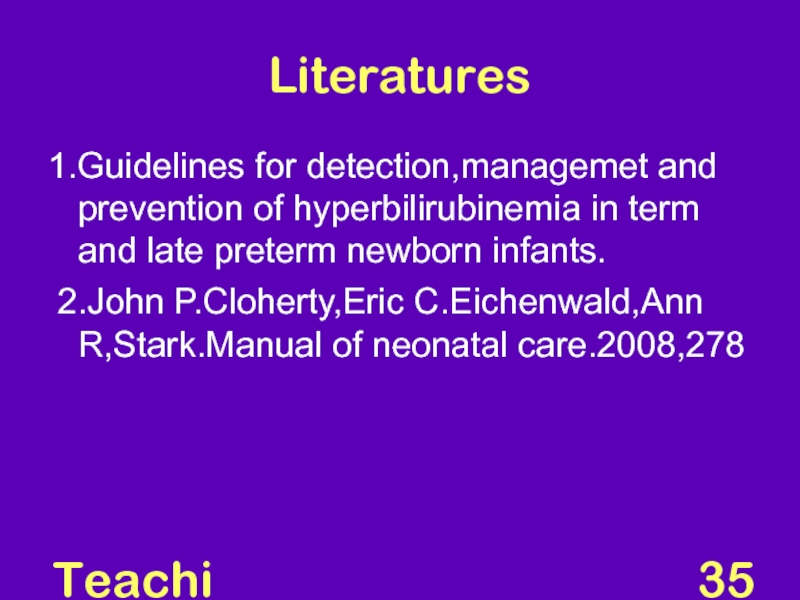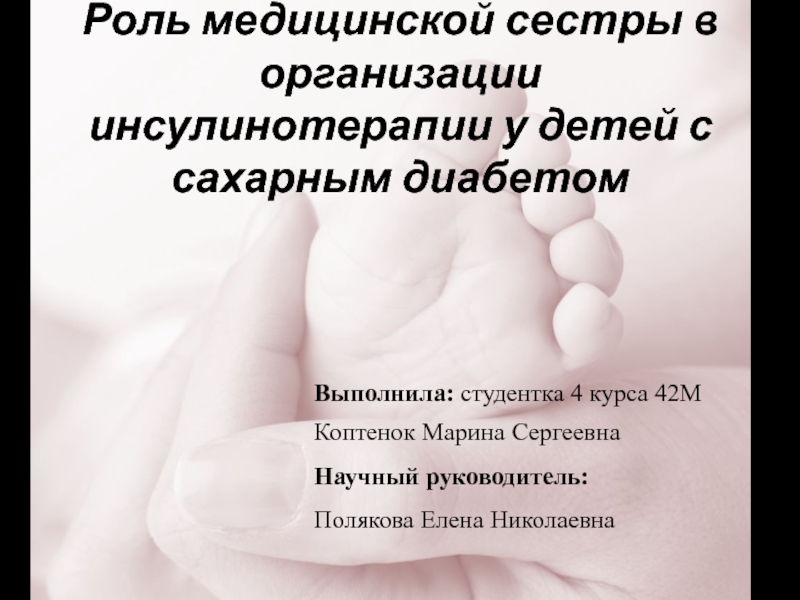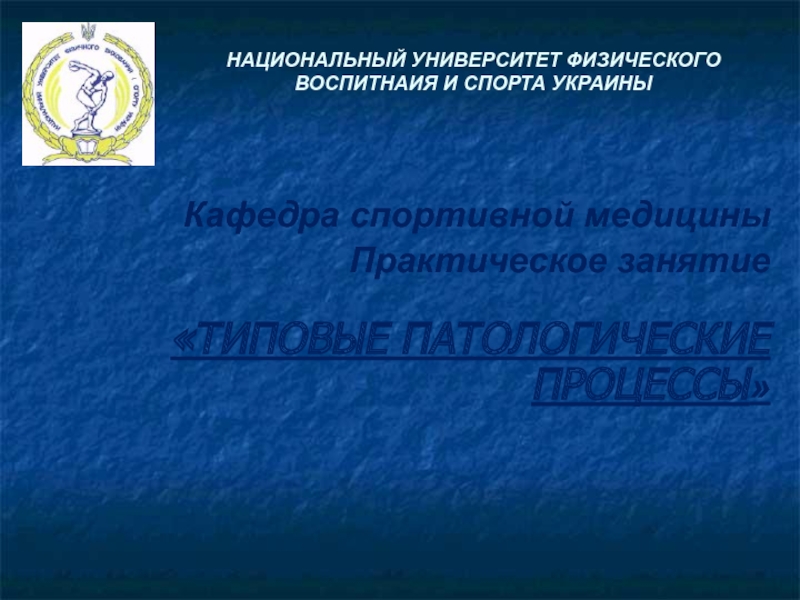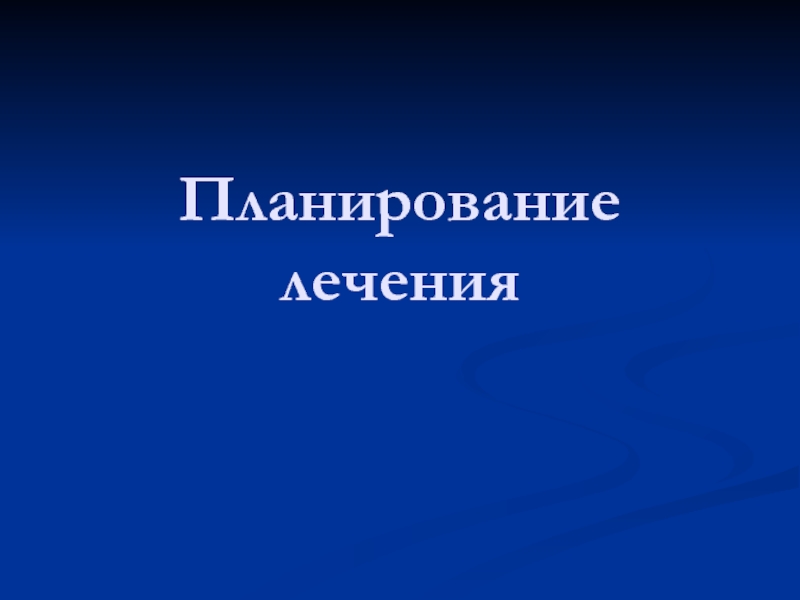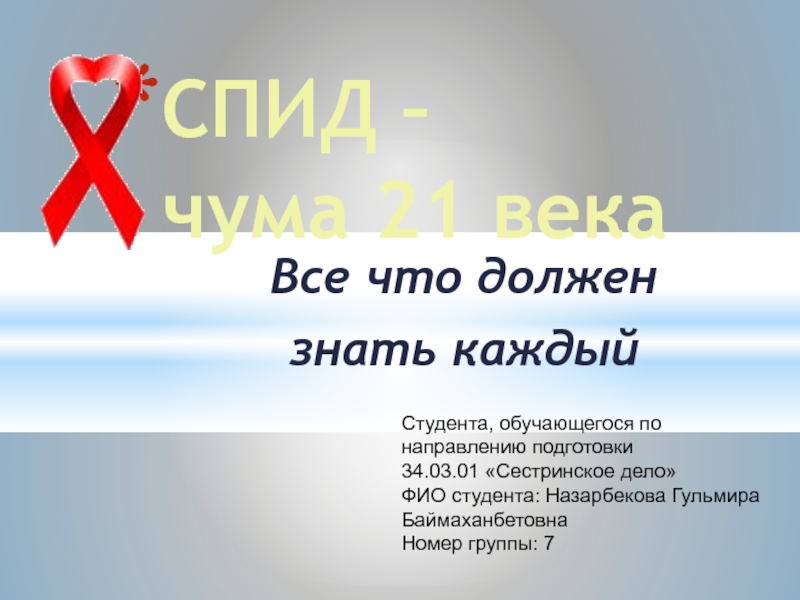ОМ 005-2
Examined by: Amantaeva M. E.
Almaty 2016
- Главная
- Разное
- Дизайн
- Бизнес и предпринимательство
- Аналитика
- Образование
- Развлечения
- Красота и здоровье
- Финансы
- Государство
- Путешествия
- Спорт
- Недвижимость
- Армия
- Графика
- Культурология
- Еда и кулинария
- Лингвистика
- Английский язык
- Астрономия
- Алгебра
- Биология
- География
- Детские презентации
- Информатика
- История
- Литература
- Маркетинг
- Математика
- Медицина
- Менеджмент
- Музыка
- МХК
- Немецкий язык
- ОБЖ
- Обществознание
- Окружающий мир
- Педагогика
- Русский язык
- Технология
- Физика
- Философия
- Химия
- Шаблоны, картинки для презентаций
- Экология
- Экономика
- Юриспруденция
Algoritm of differencial diagnosis of Neonatal. Jaundice презентация
Содержание
- 1. Algoritm of differencial diagnosis of Neonatal. Jaundice
- 2. Neonatal Jaundice
- 3. Teaching Aids: NNF Neonatal Jaundice Visible form
- 4. Teaching Aids: NNF What is the Neonatal
- 5. Teaching Aids: NNF Causes of Jaundice according
- 6. Teaching Aids: NNF 2.Appearing between 24-72 hours
- 7. Teaching Aids: NNF 3.Appearing after 72 hrs
- 8. Teaching Aids: NNF Special characteristic in neonates
- 9. Teaching Aids: NNF Bilirubin metabolism
- 10. Teaching Aids: NNF Clinical assessment of jaundice
- 11. Teaching Aids: NNF Physiological jaundice Characteristics
- 12. Teaching Aids: NNF Why does physiological
- 13. Course of physiological jaundice
- 14. Teaching Aids: NNF Pathological jaundice Appears within
- 15. Teaching Aids: NNF Causes of jaundice Appearing
- 16. Teaching Aids: NNF Causes of jaundice
- 17. Teaching Aids: NNF The general symptoms of
- 18. Teaching Aids: NNF Risk factors for jaundice
- 19. Teaching Aids: NNF Common causes
- 20. Teaching Aids: NNF Approach to jaundiced baby
- 21. Teaching Aids: NNF Workup Maternal &
- 22. Teaching Aids: NNF Management Rationale: reduce level
- 23. Teaching Aids: NNF Principle of phototherapy
- 24. Teaching Aids: NNF Phototherapy equipment White light
- 25. Babies under phototherapy Baby under conventional phototherapy Baby under triple unit intense phototherapy
- 26. Teaching Aids: NNF Phototherapy Technique Perform hand
- 27. Teaching Aids: NNF Phototherapy Frequent extra breast
- 28. Teaching Aids: NNF Diffential Diagnoses Breast
- 29. Teaching Aids: NNF Side effects of phototherapy
- 30. Teaching Aids: NNF Choice of blood for
- 31. Maisel’s chart
- 32. Teaching Aids: NNF Prolonged indirect jaundice Causes
- 33. Teaching Aids: NNF Conjugated hyperbilirubinemia Suspect
- 34. Teaching Aids: NNF Conjugated hyperbilirubinemia Causes
- 35. Teaching Aids: NNF Literatures 1.Guidelines for detection,managemet
Слайд 3Teaching Aids: NNF
Neonatal Jaundice
Visible form of bilirubinemia
Adult sclera >2mg /
dl
Newborn skin >5 mg / dl
Occurs in 60% of term and 80% of preterm neonates
However, significant jaundice occurs in 6 % of term babies
Newborn skin >5 mg / dl
Occurs in 60% of term and 80% of preterm neonates
However, significant jaundice occurs in 6 % of term babies
Слайд 4Teaching Aids: NNF
What is the Neonatal Jaundice?
Neonatal Jaundice(also called Newborn jaundice)
is a condition marked by high levels of bilirubin in the blood.
The increased bilirubin cause the infant's skin and whites of the eyes(sclera) to look yellow.
The increased bilirubin cause the infant's skin and whites of the eyes(sclera) to look yellow.
Слайд 5Teaching Aids: NNF
Causes of Jaundice according to time of appearance
1.Appearing at
birth or within 24 hours of age
Hemolytic disease of newborn
Infections:intrauterine virus,bacterial,malaria
G-6PD deficiency
Hemolytic disease of newborn
Infections:intrauterine virus,bacterial,malaria
G-6PD deficiency
Слайд 6Teaching Aids: NNF
2.Appearing between 24-72 hours of life
Physiological
Sepsis neonatorum
Plycythemia
Concealed hemorrhages:cephalhematoma,subarachnoid bleed,IVN.
Concealed hemorrhages:cephalhematoma,subarachnoid bleed,IVN.
Слайд 7Teaching Aids: NNF
3.Appearing after 72 hrs and within 1st week
Sepsis
Syphilis
Toxoplasmosis
4.Jaundice apearing after 1 week
Neonatal hepatitis(common)
Breast Milk jaundice
Extrahepatic biliary atresia
Metabolic disorders
4.Jaundice apearing after 1 week
Neonatal hepatitis(common)
Breast Milk jaundice
Extrahepatic biliary atresia
Metabolic disorders
Слайд 8Teaching Aids: NNF
Special characteristic in neonates
1)More billirubin produced
Much more hemolysis
The life-length of hemolysis(70-80)
2)The low capability of albumin on unconjugated billirubin transportation
Acid intoxication
Less albumin in neonates
Слайд 9Teaching Aids: NNF
Bilirubin metabolism
Hb → globin + haem
1g Hb = 34mg
bilirubin
Non – heme source
1 mg / kg
Bilirubin glucuronidase
Bilirubin
Bilirubin
Ligandin
(Y - acceptor)
Bil glucuronide
Intestine
Bil glucuronide
Stercobilin
bacteria
β glucuronidase
Слайд 10Teaching Aids: NNF
Clinical assessment of jaundice
Area of body Bilirubin levels mg/dl
Face 4-8
Upper
trunk 5-12
Lower trunk & thighs 8-16
Arms and lower legs 11-18
Palms & soles > 15
Lower trunk & thighs 8-16
Arms and lower legs 11-18
Palms & soles > 15
Слайд 11Teaching Aids: NNF
Physiological jaundice
Characteristics
Appears after 24 hours
Maximum intensity by 4th-5th day
in term & 7th day in preterm
Serum level less than 15 mg / dl
Clinically not detectable after 14 days
Disappears without any treatment
Note: Baby should, however, be watched for worsening jaundice
Serum level less than 15 mg / dl
Clinically not detectable after 14 days
Disappears without any treatment
Note: Baby should, however, be watched for worsening jaundice
Слайд 12Teaching Aids: NNF
Why does physiological jaundice develop?
Increased bilirubin load
Defective uptake
from plasma
Defective conjugation
Decreased excretion
Increased entero-hepatic circulation
Defective conjugation
Decreased excretion
Increased entero-hepatic circulation
Слайд 14Teaching Aids: NNF
Pathological jaundice
Appears within 24 hours of age
Increase of bilirubin
> 5 mg / dl / day
Serum bilirubin > 15 mg / dl
Jaundice persisting after 14 days
Stool clay / white colored and urine staining clothes yellow
Direct bilirubin> 2 mg / dl
Serum bilirubin > 15 mg / dl
Jaundice persisting after 14 days
Stool clay / white colored and urine staining clothes yellow
Direct bilirubin> 2 mg / dl
Слайд 15Teaching Aids: NNF
Causes of jaundice
Appearing within 24 hours of age
Hemolytic disease
of NB : Rh, ABO
Infections: TORCH, malaria, bacterial
G6PD deficiency
Appearing between 24-72 hours of life
Physiological
Sepsis
Polycythemia
Concealed hemorrhage
Intraventricular hemorrhage
Increased entero-hepatic circulation
Infections: TORCH, malaria, bacterial
G6PD deficiency
Appearing between 24-72 hours of life
Physiological
Sepsis
Polycythemia
Concealed hemorrhage
Intraventricular hemorrhage
Increased entero-hepatic circulation
Слайд 16Teaching Aids: NNF
Causes of jaundice
After 72 hours of age
Sepsis
Cephalhaematoma
Neonatal hepatitis
Extra-hepatic biliary
atresia
Breast milk jaundice
Metabolic disorders
Breast milk jaundice
Metabolic disorders
Слайд 17Teaching Aids: NNF
The general symptoms of Neonatal Jaundice
Yellow skin
Yellow eyes(sclera)
Sleepiness
Poor
feeding in infants
Brown urine
Fever
High-pitch cry
vomiting
Brown urine
Fever
High-pitch cry
vomiting
Слайд 18Teaching Aids: NNF
Risk factors for jaundice
JAUNDICE
J - jaundice within
first 24 hrs of life
A - a sibling who was jaundiced as neonate
U - unrecognized hemolysis
N – non-optimal sucking/nursing
D - deficiency of G6PD
I - infection
C – cephalhematoma /bruising
E - East Asian/North Indian
A - a sibling who was jaundiced as neonate
U - unrecognized hemolysis
N – non-optimal sucking/nursing
D - deficiency of G6PD
I - infection
C – cephalhematoma /bruising
E - East Asian/North Indian
Слайд 19Teaching Aids: NNF
Common causes
Physiological
Blood group incompatibility
G6PD deficiency
Bruising and cephalhaematoma
Intrauterine and
postnatal infections
Breast milk jaundice
Breast milk jaundice
Слайд 20Teaching Aids: NNF
Approach to jaundiced baby
Ascertain birth weight, gestation and postnatal
age
Assess clinical condition (well or ill)
Decide whether jaundice is physiological or pathological
Look for evidence of kernicterus* in deeply jaundiced NB
*Lethargy and poor feeding, poor or absent Moro's, opisthotonus or convulsions
Assess clinical condition (well or ill)
Decide whether jaundice is physiological or pathological
Look for evidence of kernicterus* in deeply jaundiced NB
*Lethargy and poor feeding, poor or absent Moro's, opisthotonus or convulsions
Слайд 21Teaching Aids: NNF
Workup
Maternal & perinatal history
Physical examination
Laboratory tests (must in all)*
Total
& direct bilirubin*
Blood group and Rh for mother and baby*
Hematocrit, retic count and peripheral smear*
Sepsis screen
Liver and thyroid function
TORCH titers, liver scan when conjugated hyperbilirubinemia
Blood group and Rh for mother and baby*
Hematocrit, retic count and peripheral smear*
Sepsis screen
Liver and thyroid function
TORCH titers, liver scan when conjugated hyperbilirubinemia
Слайд 22Teaching Aids: NNF
Management
Rationale: reduce level of serum bilirubin and prevent bilirubin
toxicity
Prevention of hyperbilirubinemia: early feeds, adequate hydration
Reduction of bilirubin levels: phototherapy, exchange transfusion, drugs
Prevention of hyperbilirubinemia: early feeds, adequate hydration
Reduction of bilirubin levels: phototherapy, exchange transfusion, drugs
Слайд 23Teaching Aids: NNF
Principle of phototherapy
Native bilirubin Photo isomers of bilirubin
Insoluble Soluble
450-460nm
of light
Слайд 24Teaching Aids: NNF
Phototherapy equipment
White light tubes 6-8*/ 4 blue light tubes
Cradle
or incubator
Eye shades
*May use 150 W halogen bulb
Eye shades
*May use 150 W halogen bulb
Слайд 25Babies under phototherapy
Baby under conventional phototherapy
Baby under triple unit intense phototherapy
Слайд 26Teaching Aids: NNF
Phototherapy
Technique
Perform hand wash
Place baby naked in cradle or incubator
Fix
eye shades
Keep baby at least 45 cm from lights, if using closer monitor temperature of baby
Start phototherapy
Keep baby at least 45 cm from lights, if using closer monitor temperature of baby
Start phototherapy
Слайд 27Teaching Aids: NNF
Phototherapy
Frequent extra breast feeding every 2 hourly
Turn baby after
each feed
Temperature record 2 to 4 hourly
Weight record- daily
Monitor urine frequency
Monitor bilirubin level
Temperature record 2 to 4 hourly
Weight record- daily
Monitor urine frequency
Monitor bilirubin level
Слайд 28Teaching Aids: NNF
Diffential Diagnoses
Breast Milk Jaundice
Cholestatis
Dubin-Johnson Syndrome
GalactoseMIA
Hemolytic Disease of Newborn
Hepatits B
Pediatric Biliary Atresia
Pediatric Cytomegalovirus Infection
Pediatric Duodenal Atresia
Pediatric Hypothyroidism
Hepatits B
Pediatric Biliary Atresia
Pediatric Cytomegalovirus Infection
Pediatric Duodenal Atresia
Pediatric Hypothyroidism
Слайд 29Teaching Aids: NNF
Side effects of phototherapy
Increased insensible water loss
Loose stools
Skin rash
Bronze
baby syndrome
Hyperthermia
Upsets maternal baby interaction
May result in hypocalcemia
Hyperthermia
Upsets maternal baby interaction
May result in hypocalcemia
Слайд 30Teaching Aids: NNF
Choice of blood for exchange
blood transfusion
ABO incompatibility
Use O blood
of same Rh type, ideal O cells suspended in AB plasma
Rh isoimmunization
Emergency 0 -ve blood Ideal 0 -ve suspended in AB plasma or baby's blood group but Rh -ve
Other situations
Baby's blood group
Rh isoimmunization
Emergency 0 -ve blood Ideal 0 -ve suspended in AB plasma or baby's blood group but Rh -ve
Other situations
Baby's blood group
Слайд 32Teaching Aids: NNF
Prolonged indirect jaundice
Causes
Crigler Najjar syndrome
Breast milk jaundice
Hypothyroidism
Pyloric stenosis
Ongoing hemolysis,
malaria
Слайд 33Teaching Aids: NNF
Conjugated hyperbilirubinemia
Suspect
High colored urine
White or clay colored stool
Caution
Always refer to hospital for investigations so that biliary atresia or metabolic disorders can be diagnosed and managed early
Слайд 34Teaching Aids: NNF
Conjugated hyperbilirubinemia
Causes
Idiopathic neonatal hepatitis
Infections -Hepatitis B, TORCH, sepsis
Biliary
atresia, choledochal cyst
Metabolic -Galactosemia, tyrosinemia, hypothyroidism
Total parenteral nutrition
Metabolic -Galactosemia, tyrosinemia, hypothyroidism
Total parenteral nutrition
Слайд 35Teaching Aids: NNF
Literatures
1.Guidelines for detection,managemet and prevention of hyperbilirubinemia in term
and late preterm newborn infants.
2.John P.Cloherty,Eric C.Eichenwald,Ann R,Stark.Manual of neonatal care.2008,278
2.John P.Cloherty,Eric C.Eichenwald,Ann R,Stark.Manual of neonatal care.2008,278
